What Is Goodwill?
In the practical sense, when selling a business, goodwill is all the hard work and effort the seller has put into the business over the years. When acquiring a business, goodwill is the difference between the tangible assets and the purchase price.
Goodwill value should not be confused with going-concern value. There is a big difference. One leading business appraiser has defined going-concern value as, “The premise that a business will continue to operate consistent with its intended purpose as opposed to being liquidated.” In other words, the value of a business for just being in business is the going-concern value. It has nothing to do with whether the business is profitable, “on its last legs,” or merely breaking even. Essentially, if the doors are open, a business is a going concern.
Most business owners view goodwill as good service, products and reputation. One dictionary defines Goodwill as, “A desire for the well-being of others; the pleasant feeling or relationship between a business and its customers.”
The M&A Dictionary defines goodwill as: “An intangible fixed asset that is carried as an asset on the balance sheet, such as a recognizable company or product name or strong reputation. When one company pays more than the net book value for another, the former is typically paying for goodwill. Goodwill is often viewed as an approximation of the value of a company’s brand names, reputation, or long-term relationships that cannot otherwise be represented financially.”
Some Examples of Goodwill Items
- Phantom Assets
- Local Economy
- Industry Ratios
- Custom-Built Factory
- Management
- Loyal Customer Base
- Supplier List
- Reputation
- Delivery Systems
- Location
- Experienced Design Staff
- Growing Industry
- Recession Resistant Industry
- Low Employee Turnover
- Skilled Employees
- Trade Secrets
- Licenses
- Mailing List
- Royalty Agreements
- Tooling
- Technologically Advanced Equipment
- Advertising Campaigns
- Advertising Materials
- Backlog
- Computer Databases
- Computer Designs
- Contracts
- Copyrights
- Credit Files
- Distributorships
- Engineering Drawings
- Favorable Financing
- Franchises
- Government Programs
- Know-How
- Training Procedures
- Proprietary Designs
- Systems and Procedures
- Trademarks
- Employee Manual
- Location
- Name Recognition
What goodwill is and how it is represented on a company’s financial statements are two different issues. For example: until recently, if a company sold for $5 million, but only had $1 million in tangible assets, the balance of $4 million was considered goodwill. Under previous accounting standards, this goodwill had to be amortized by the acquirer over a 15-year period. This especially affected public companies, since an acquisition could negatively impact earnings, thus reducing the price of its stock. One result of this was that public companies were reluctant to acquire firms in which goodwill was a large part of the purchase price. On the other hand, purchasers of non-public firms received a tax break because of the amortization.
The accounting profession recently took another look at goodwill and changed the way goodwill is handled. The reason for this was to bring accounting into today’s business world. For years, companies were built around hard assets such as heavy equipment and machinery. Many of today’s industrial giants are not really industrial at all. They are built around intangible assets such as patents, brand names, intellectual property, etc. – basically what are considered goodwill items. These businesses don’t have huge factories full of workers on assembly lines.
Some new rules or standards were created by the Federal Accounting Standards Board (FASB) and implemented on July 1, 2001. Under this change, goodwill may not have to be written off (unless it is carried at a value in excess of its real value). However, the standards now require that companies, both private and public, have their intangible assets, including goodwill, valued by an outside expert on an annual basis. The rules basically define the difference between goodwill and other intangible assets and how they are to be treated from an accounting and tax reporting standpoint. How they are treated can impact the bottom line and have tax consequences. Also, completely identifying the items that may have been combined into goodwill and establishing separate values may increase the true intangible asset basis.
The upshot of all this is that the meaning of goodwill just got more complicated. Here’s a simplification: prior to acquiring a company or placing your business on the market, you should definitely consult your accounting professional. Goodwill may still represent the hard work and effort the seller has put into his or her business over the years — it just has to be accounted for differently and in more detail.
